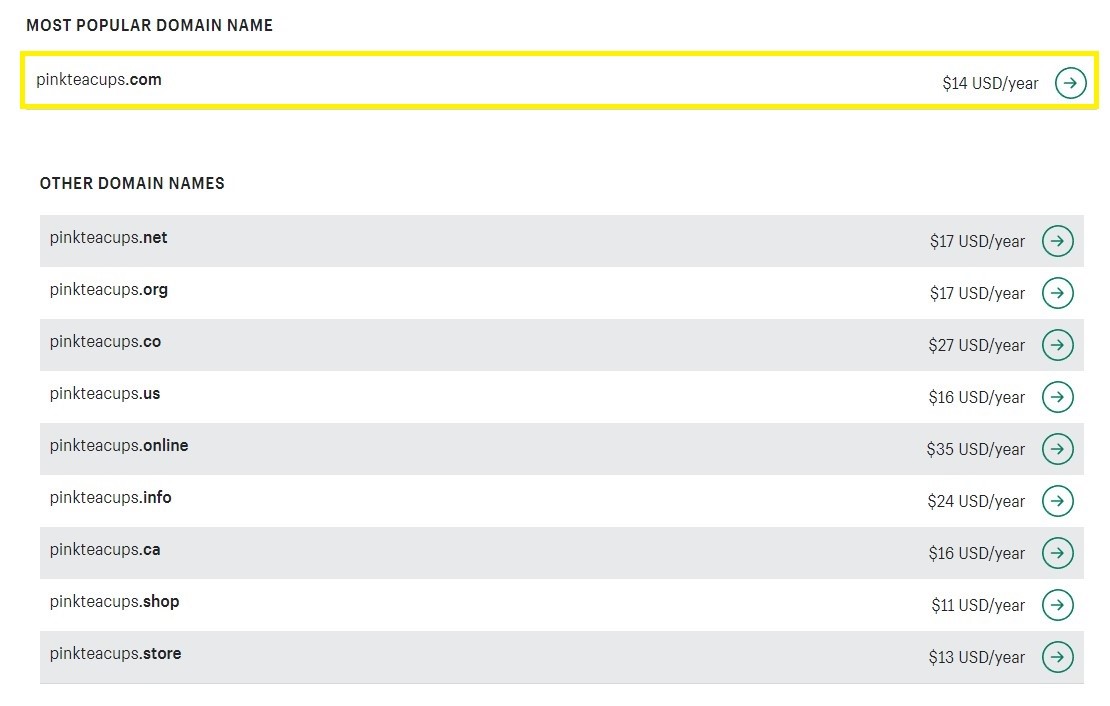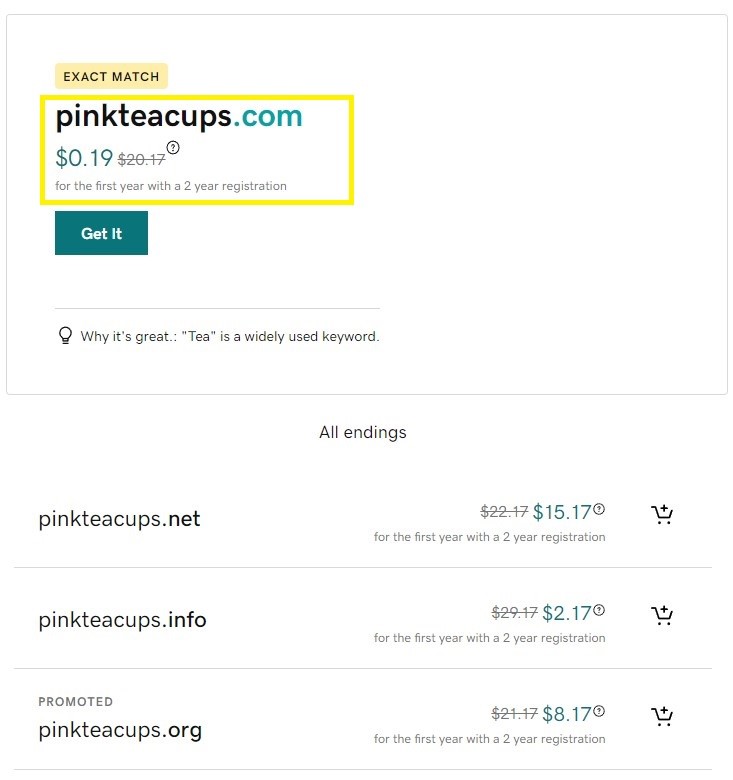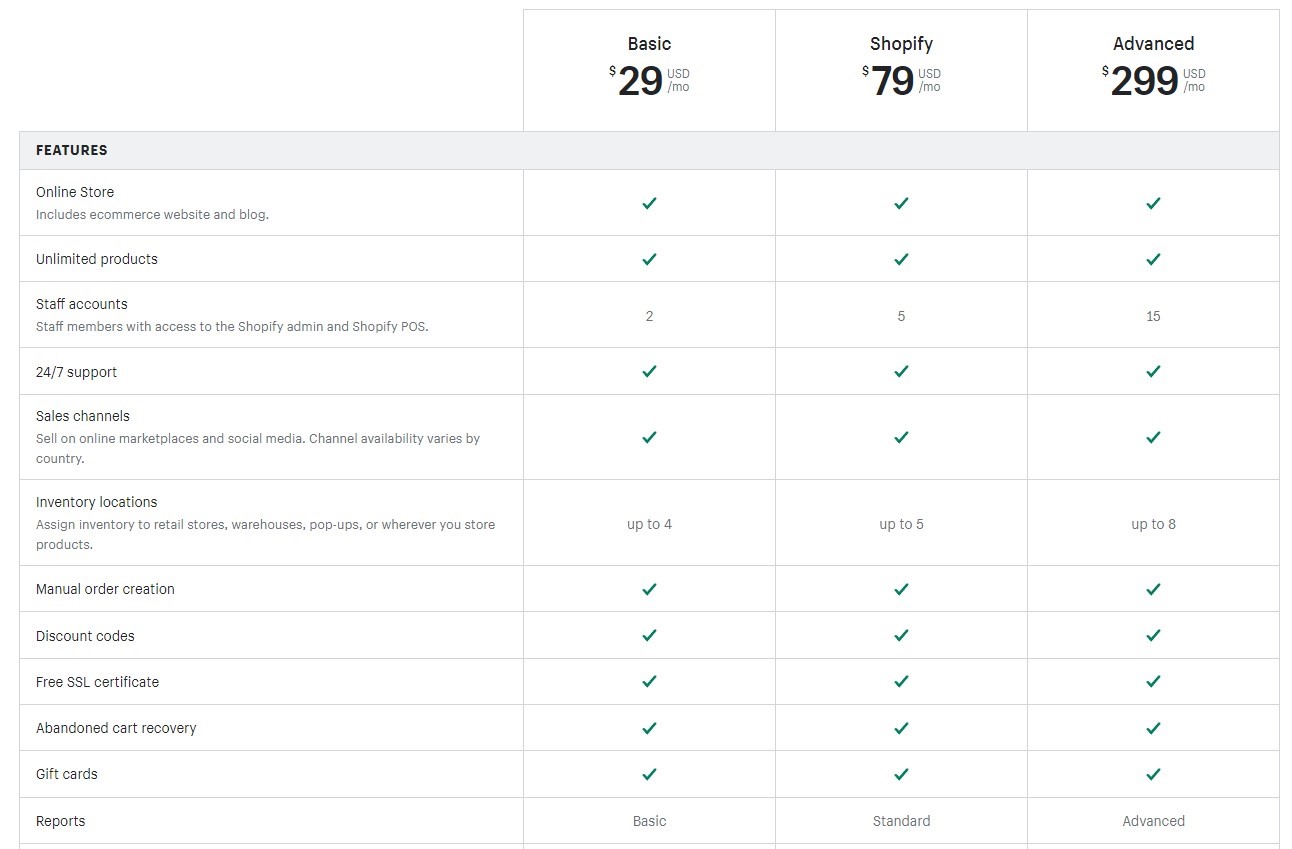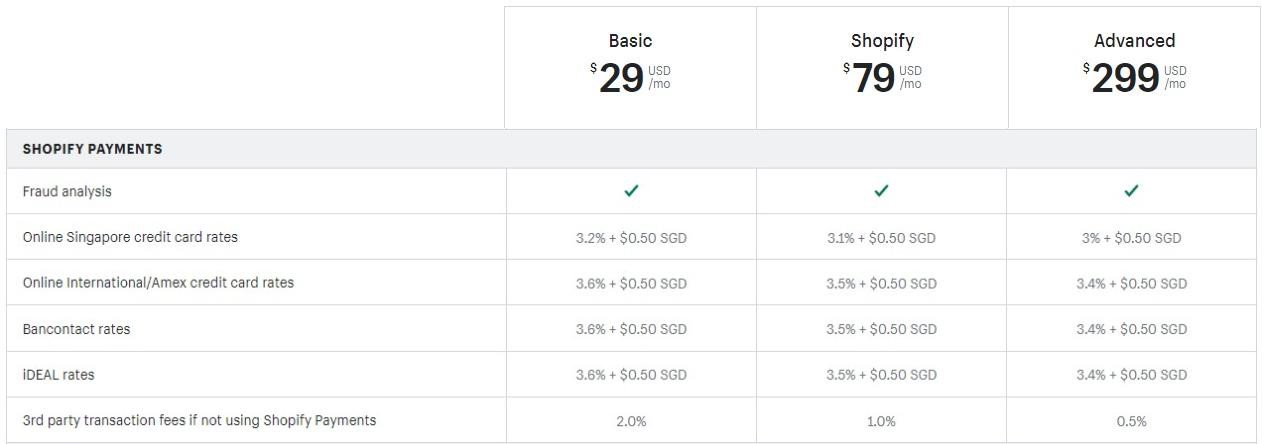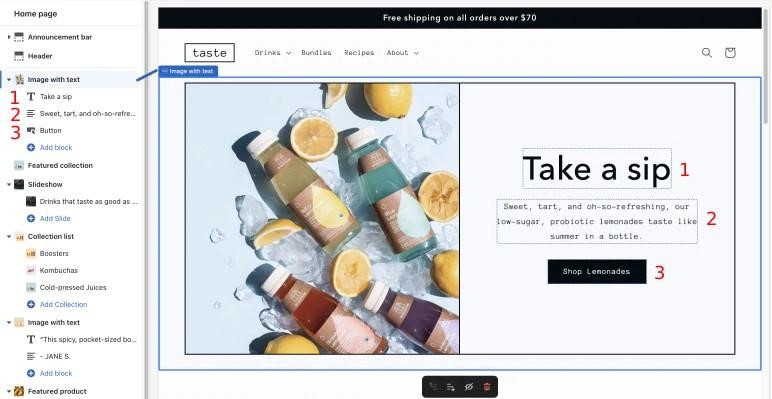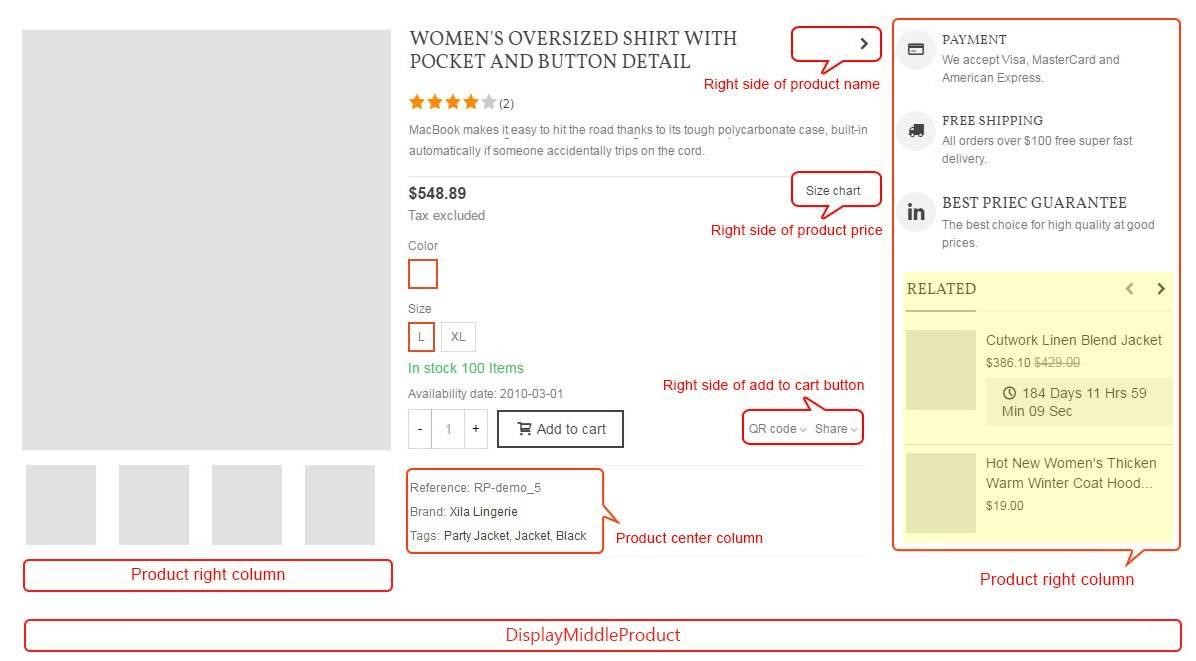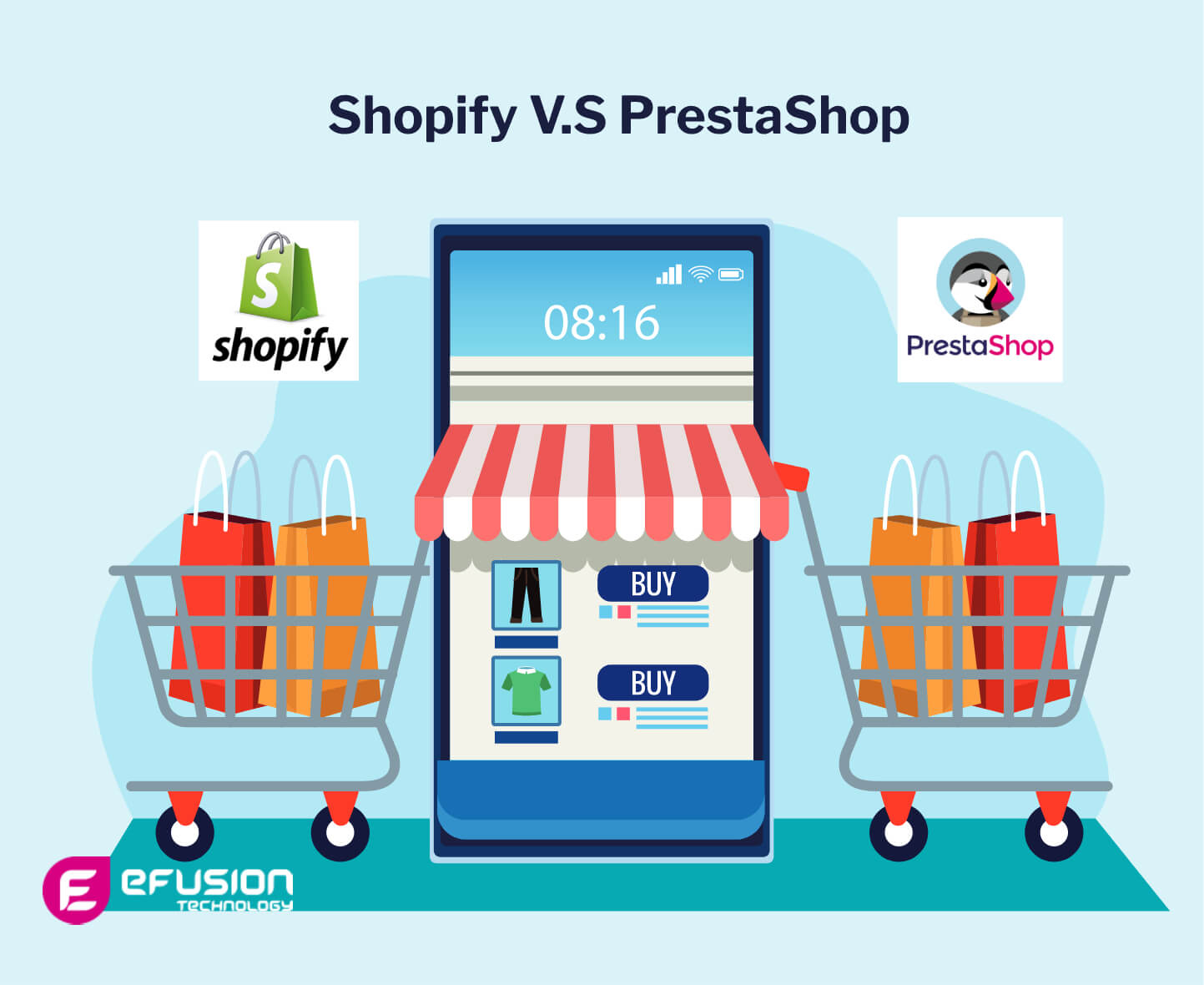
In this second part of our e-commerce series of articles, we will look at the functions offered by Shopify and PrestaShop. At this point you should already have a clear idea of what you would like to achieve with your e-commerce store. If not, you should read the first part of this series before coming back to this article.
There are two main types of e-commerce platforms — SaaS (software as a service) and open-source. The main difference between these two is that the first one requires a paid subscription to set up whereas the latter is free to be downloaded by anyone.
We will be analysing the top performing platforms from each camp, Shopify and PrestaShop, to compare the benefits and drawbacks of both types.
About Shopify
Shopify works on a subscription basis. A user simply needs to choose a plan that meets their business needs and Shopify would manage the whole setup within a couple of clicks. Shopify appeals to the business owner that wants to setup shop quickly as it already comes with its own design templates, payment gateways and web hosting and domain.
About PrestaShop
Representing the other type of e-commerce platform, PrestaShop is a free open-source e-commerce platform. It comes with all the features you need to build an online store from stock management, customizations, shopping cart to seamless checkout.
You only need to get your own web hosting and domain then install the PrestaShop software for free on your server.
Initial set-up costs and associated fees

Although the PrestaShop platform itself is free, you will still need to pay for your own web hosting and domain. Shopify on the other hand already bundles in the web hosting and domain when you sign up for a subscription from them.
Need a quick refresher on what’s web hosting and domain?
At first glance the Shopify plan might seem like a good deal. You get web hosting and web domain? Upon closer inspection of the plans’ offerings though you will notice some shortfalls.
For one, even though Shopify offers a free web domain, their default one ends with ‘myshopify.com’. So the shop URL will look like ‘www.shopname.myshopify.com’.
You might not mind this much if you own a small local business. But for businesses that are brand-attentive, this might look unprofessional. If you want your e-store to have a URL like ‘www.shopname.com’, you must purchase your own web domain and integrate it to your Shopify store.
For that Shopify offers a separate web domain plan. You will need to use Shopify’s domain generator to search for your desired domain name and only then will the prices be shown.
As an example, a business selling pink tea cups could register their e-store domain as ‘www.pinkteacups.com’ for USD14 per year through Shopify.
Shopify domain pricings
If you do not wish to go with Shopify’s web domain plan, you could also opt to purchase your domain from a third-party domain provider instead.
This might be a better option as you could scout for a more competitive plan somewhere else.
As a comparison, GoDaddy is selling the same .com domain for USD20.17 per year but they also offer a significant discount for the first 2 years of registration.
GoDaddy domain pricings
You could potentially save a lot if you go with your preferred third-party web domain provider.
Prestashop does not have its own hosting and domain so you will need to obtain them yourself. The advantage of getting your own though is that you are not tied to an “all-inclusive” plan such as the one offered by Shopify. It is up to you to pick the price plan that has the services you only need.
This will require a separate research on your part as different web hosting companies offer a range of price plans from as low as S$1.99/month on Exabytes to S$165/month on Vodien’s highest business tier plan.
Some businesses may still choose to go for paid monthly subscriptions to Shopify because it is quicker to get the e-commerce store up and running without having to worry about the hosting/domain dilemma.
Just take note of some limitations to purchasing a domain directly from Shopify as highlighted here. Namely that email hosting is not provided by Shopify and you will need to use a third-party email hosting service.
Shopify’s subscription plan tiers
It is worth noting that there is not much difference between the Shopify subscription tiers in terms of their basic functionalities. The most significant difference is seen when we compare the fees that Shopify charges for every sale transaction.
When a customer makes a purchase on an e-commerce platform, the transaction is done through a payment gateway like PayPal. Payment gateways normally charge a fee to the merchant for every transaction completed through them.
Below is a comparison of the fees charged by popular payment gateways for a card transaction:
| PayPal | Stripe | HitPay | |
| For domestic cards | 3.9% + S$0.50 | 3.4% + S$0.50 *Additional 2% for currency conversion |
2.8% + S$0.50 |
| For international cards | 4.4% + S$0.50 | 3.65% + S$0.50 |
Rates retrieved as of June 2022
On PrestaShop, you could install third-party modules from these payment gateway providers for free and the transactions will be handled by them directly offsite. This means that you will only be charged the actual transaction fees by the payment gateway providers.
On Shopify, merchants are required to use Shopify Payments by default. Shopify Payments is Shopify’s own payment gateway and they have their own transaction fees which differ depending on your subscription tier.
Shopify Payments’ transaction fees
Shopify Payments is sufficient if you are accepting just the usual Visa/Mastercard/American Express card payment. However it does not support Singapore local payment methods like PayNow and GrabPay.
This is unfortunate as a good e-commerce store should have a range of payment options for their customers’ convenience.
To support other payment methods, a merchant will need to install a third party payment gateway like HitPay. Fortunately Shopify allows you to do that; at an additional cost.
Shopify will charge an additional fee on top of the transaction fees already charged by the third-party payment gateway providers.
Example:
(2.8% + S$0.50) + 2.0%
Card fee charged by HitPay + 3rd Party transaction fee charged by Shopify
As such merchants might end up paying more for every transaction if they decide to go with a third-party payment provider even if the preferred gateway has lower fees than Shopify Payments.
Design and Layout

First impressions count towards creating trust and affinity. This applies to a web interface too.
Users are known to click away from a web page within the first 10 – 20 seconds if nothing attracts them to stay longer on the page. A site’s design accounts to almost half of a user’s judgement on the credibility of a website.
So even if the products you are selling are good, users to your e-store might be turned off from making a purchase if they find the website hard to navigate or do not trust its legitimacy.
The good news is, modern e-commerce platforms already have a catalogue of themes you can choose from to get you started. You could get a theme for free or pay for a premium one through Shopify’s themes page. PrestaShop also offers themes for purchase although you could hardly find free ones.
Beginners with no web development experience would find it easier to customise Shopify’s default theme. Their intuitive drag-and-drop theme editor does not require any coding knowledge.
On the left side of their backend theme editor is where you will find the list of elements added and the right side is the preview of the page you are editing.
You just add a block (the blue borders in the image above) which acts as a container within which you add elements (numbered red above) like images, text and buttons.
PrestaShop is slightly more advanced and requires some time to get used to. Each element like the menu and product slider is tied to a ‘module’. The module is then assigned to certain ‘hooks’ on your e-store, which indicates a position on the page.
As an example, below are some of PrestaShop hooks for the product page:
PrestaShop’s product page layout
The ‘Related Products’ module (highlighted yellow in the above image) was added to the ‘Product right column’ hook hence it appears on the right column of the product page. Anything added to the ‘Product right column’ hook will appear within that same section.
As simple as Shopify’s customization sounds, that is also a disadvantage if you want to do customizations of your own. Unlike PrestaShop, Shopify does not allow you to have access to their core files so you could only work within the restrictions they set. As such your websites might end up looking too similar to your competitors.
For PrestaShop however, a developer could change the code in the template files directly to get the exact look and functionality that you need.
Both platforms allow you to install third-party modules or plugins to enhance your website’s functionality. This is helpful to users who do not have coding knowledge or want to save time building their own module. In PrestaShop, due to being able to access template files, users could even edit the modules they had bought to customise their functionality further.
Final Score
PrestaShop caters more towards users who would like finer control over their website look and functionality. You could take your pick of favourable web hosting and domain, style the website however you want and get it to work how you want it with PrestaShop.
Whereas for Shopify, it already has everything prepared for you. It is a good platform for business owners who lack technical knowledge to set-up their own website but want to do it at a shorter turnaround time and still achieve a professional website.
In the next and final part of this series, we will analyse the back-end functionalities of both platforms like product and order management, delivery structures and customer management. This is when you will notice one platform would outshine the other in terms of managing the e-store content.
Still unsure of how to proceed with opening your own e-commerce store? Why not let the professionals guide you through the process. Contact eFusion Technology at (65) 6292 3086 if you’re looking for assistance with website funding grants, or need some advice on web development and IT solution services.

